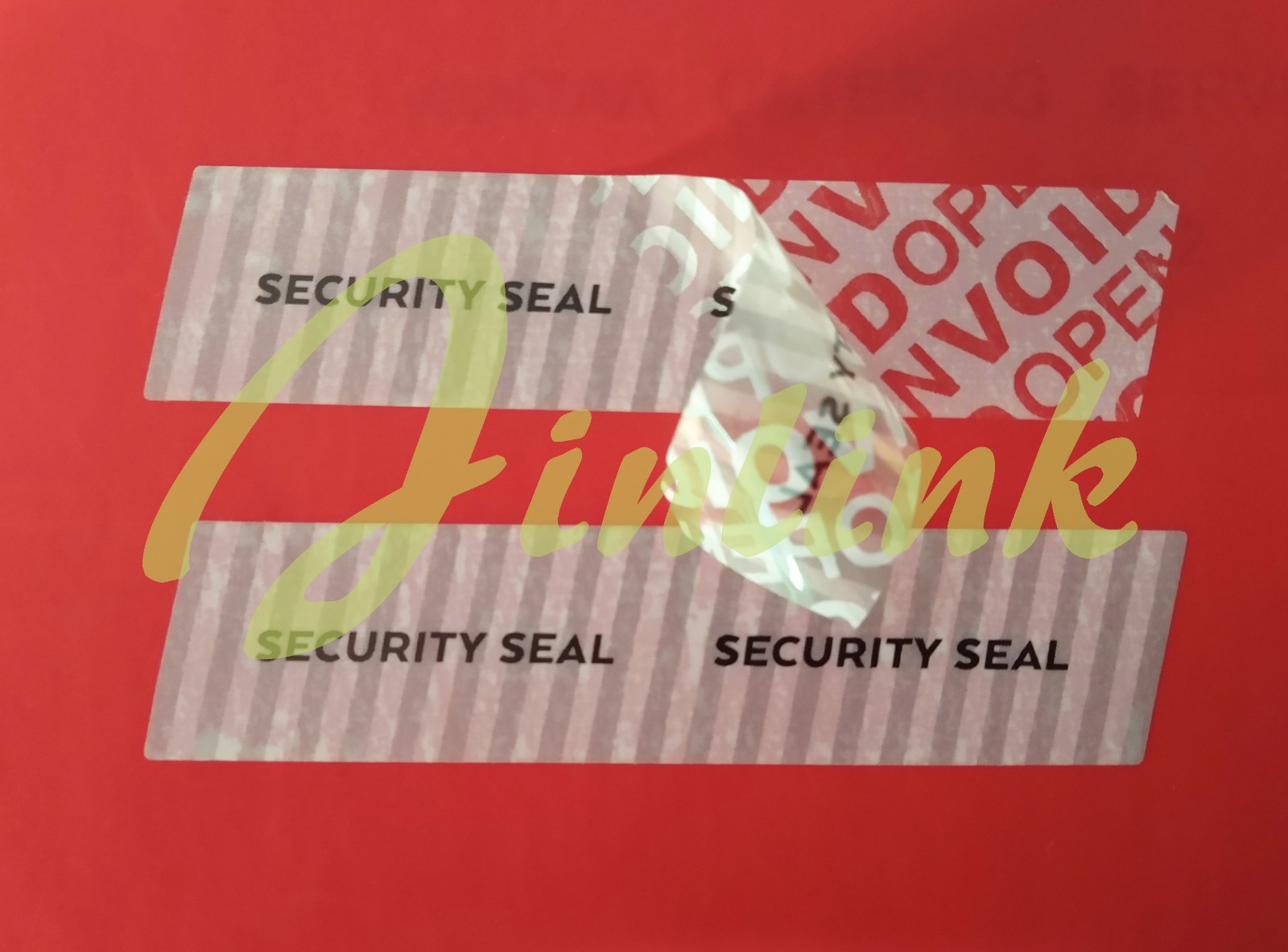- Home
- Products
- Tamper Evident Void Label Material
- Ultra Destructible Vinyl Material
- Tamper Evident Security Tape
- Hologram Sticker
- Tamper Evident Security Bag
- Latest Products
- About Us
- Contact Us
The printed parts of flexographic printing are mainly based on the field, lines, texts, etc. Most of the printing materials used are paper, aluminum foil, plastic film, stickers and so on. When total transfer void label material supplier printing an absorbent substrate with a water-soluble or solvent-based ink, the infrared hot air drying effect causes the material to be pumped up, which affects the overprinting accuracy. Therefore, care should be taken when considering the printing color sequence to avoid such problems.
First, trapping
When making a total transfer void label, a certain amount of trapping facilitates printing registration, provided the trap size is appropriate. Label printing plate trapping is too small or not trapped, which will result in poor registration (drainage) in printing; if the trapping is too large, a large outline will appear on the edge of the printed product. So as to affect the visual effect, thus affecting the overall effect of the label.
Second, the layout design
Since flexo printing is basically carried out using web paper, especially the application of seamless sleeve technology, paper is greatly saved, but some flexo printing machines cannot realize on-line die cutting, or need to undergo subsequent processing (cutting, etc.) In order to produce finished products, label printing and plate making should therefore be considered in the design of the layout to leave sufficient margin for subsequent processing, and should not consider the paper-saving rate on one side and ignore the qualification rate of subsequent processing.
